Plants and animal that live in water have special adaptations that help them survive and grow. In this post, I’ll share plant STEM activities for students to design, make, and test simple models of water plant adaptations. Read on to learn easy ways for students to make simple models, with everyday craft supplies, while learning how plants adapt to living in water.

Plants STEM Activities for Kids
In second grade science, one way students are introduced to engineering and design practices is through designing and constructing simple models. these serve as helpful tools for representing ideas and explanations. Models can be diagrams, drawings, dioramas, computer simulations, or physical replicas.
Scientists use models for trying to predict things, testing to see if an idea works, and to collect data. When making plant models, students are asked to draw and label diagrams, consider materials they will use, and test their models to see if they work as intended. After testing their models, students analyze their designs to refine them and determine whether changes or improvements can be made.
Water Plant Adaptations
As our second graders learn about land and water habitats and ecosystems, they are introduced to ways plants have adapted to living in water. Plants like mangrove and cypress trees, kelp, and water lilies are plants that have adapted to water habitats. Their adaptations are ones students can feature in their models.
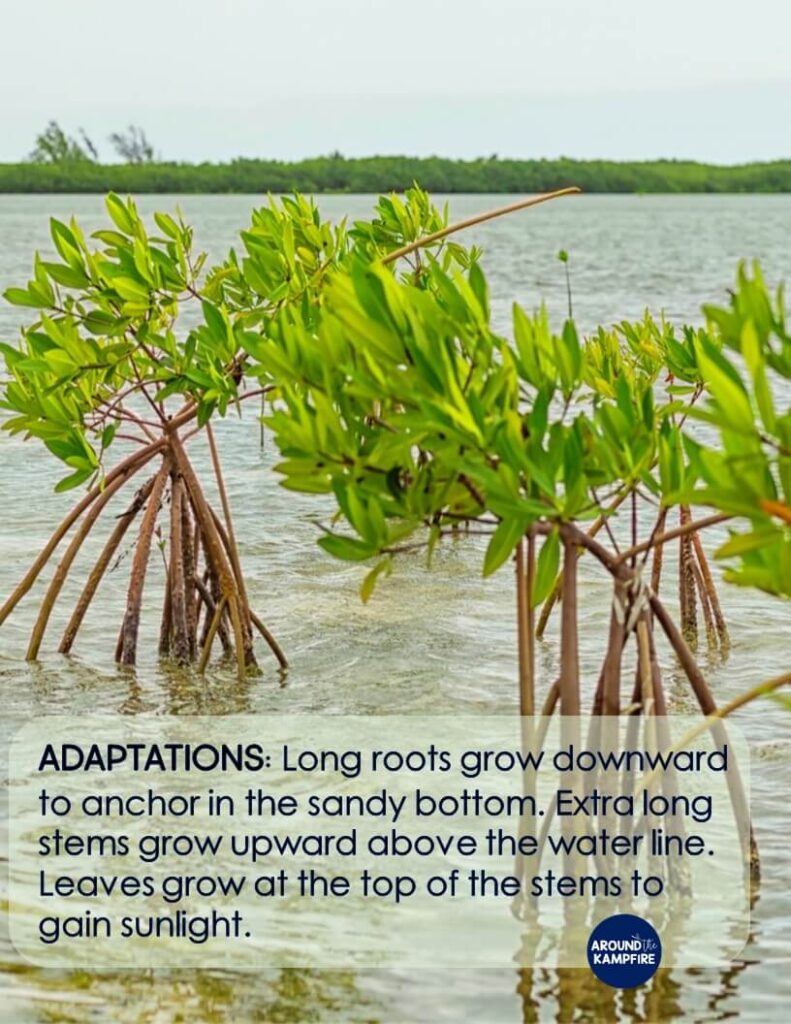
Mangroves grow in shallow ocean waters. Their adaptations include long roots to hold them in place in the soil under water. Their stems grow high above the water so the leaves can get sunlight.

Some water plants have flat leaves that float on the water’s surface. The leaf veins are filled with air, which helps the leaves to float on water. Their roots are anchored in the soil below. Water lilies have floating leaves with waxy coatings. This prevents them from absorbing water and reflects heat from the sun away from their leaves.
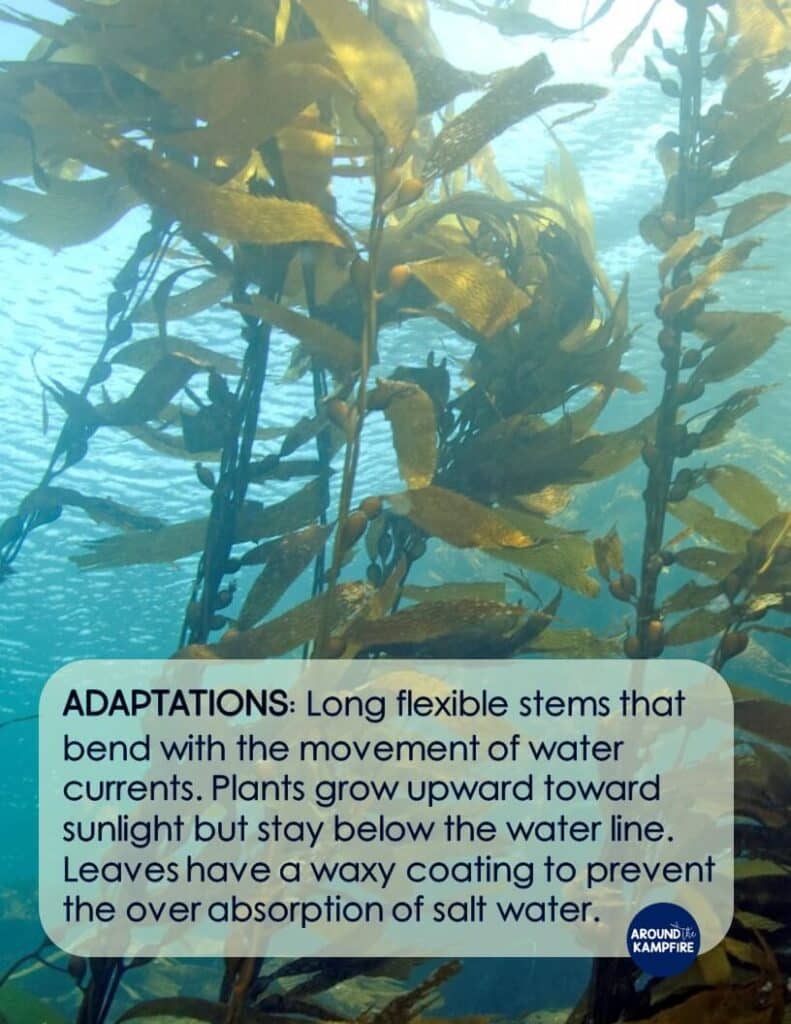
Ocean plants have adaptations that allow them to adjust to moving salt water. The kelp plant has a flexible stem so it can easily move with the water’s current. Seaweed plants have developed thick waxy coating on their leaves to prevent salt water from being absorbed.
Making Models of Plant Adaptations
Provide a variety of materials for student to use. The following are what we used:
- craft foam sheets
- yarn or string
- pipe cleaners
- aluminum foil
- wax paper
- paperclips
- stapler
- bin or container of water to test models
- gravel or sand
Directions:
To begin, students choose a plant and draw a design for their model. They also label the plant parts and the adaptations they will show. Next, students choose the materials they will use.
Student lab sheet: Habitats Science Unit
After settling on a design, students used craft foam sheets to cut out leaves, pipe cleaners for stems, and yarn for roots. They stapled or tied the parts together.

Testing the Models
To test our models to determine if they worked as intended, we filled a small bin with water. We poured about 2 inches of aquarium gravel in the bottom to represent the soil at the bottom of a lake, stream, ocean, or pond.
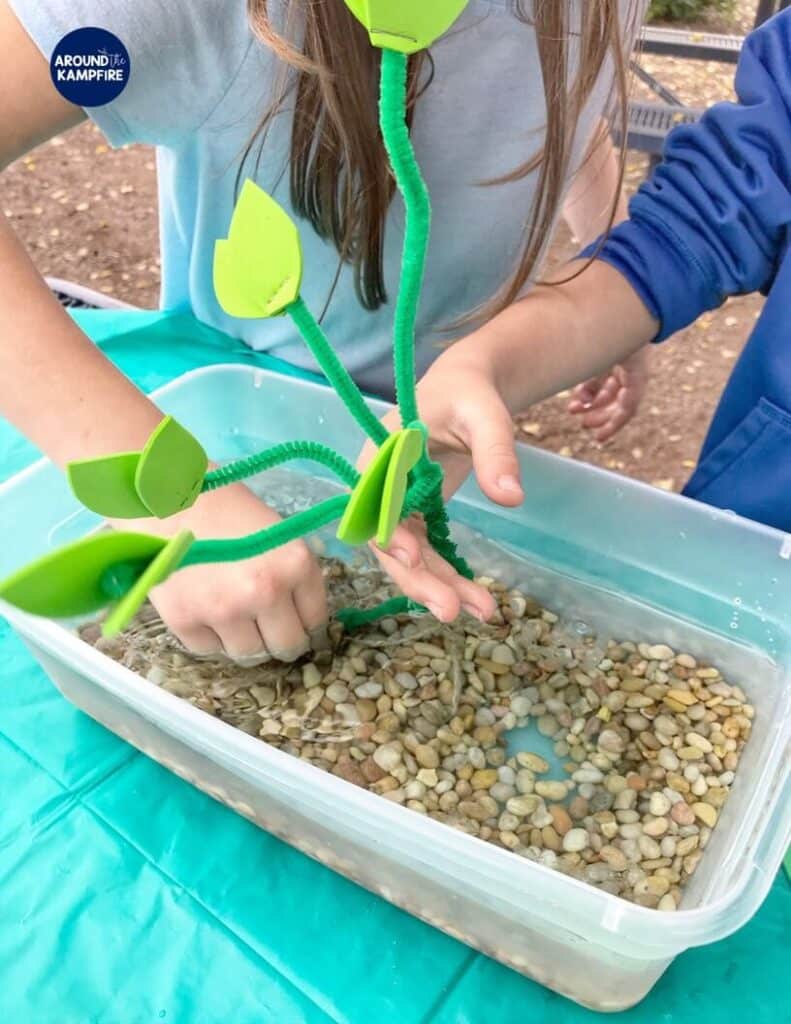
Students placed their plant models in the bin covering the roots with the gravel to secure them so they would stand up. Next, students poured a few inches of water in their bins.

Some of the models had floating leaves and long strings for stems.

After placing them in the water, we watched to see if the leaves floated and the waxy foam repelled water. Our models are very simple, but students can get as detailed as they wish.
CLICK HERE for a complete 2nd Grade Habitats & Ecosystems science unit with teaching PowerPoint, science labs, stations, and more.
Constructing models is a tool scientists and engineers use to represent ideas and explanations. we can easily teach our students to make them too. I hope you can use these plant STEM activities and model making ideas in your own classroom as your students learn about habitats and ecosystems. Be sure to pin this post for later so you have it when you plan.

Click on the pictures for more high engagement science activities:


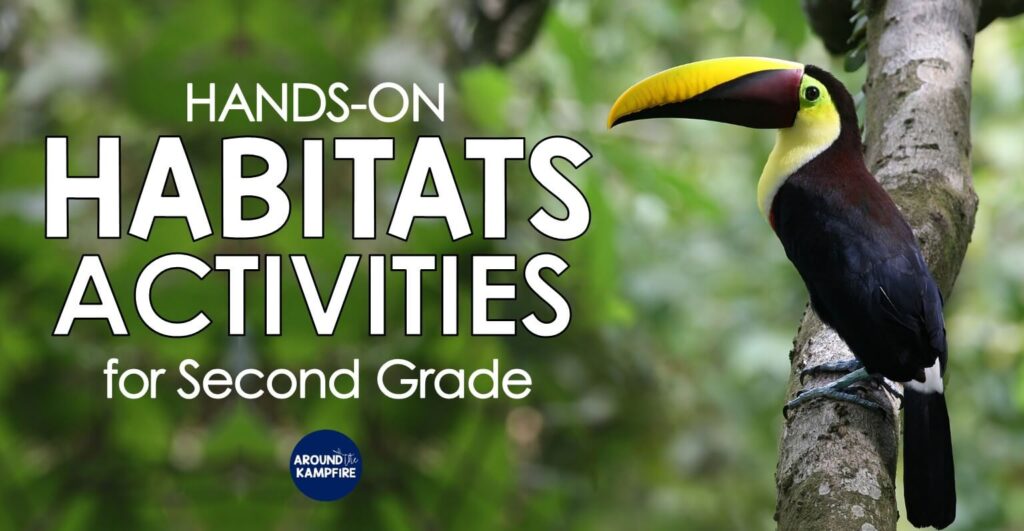


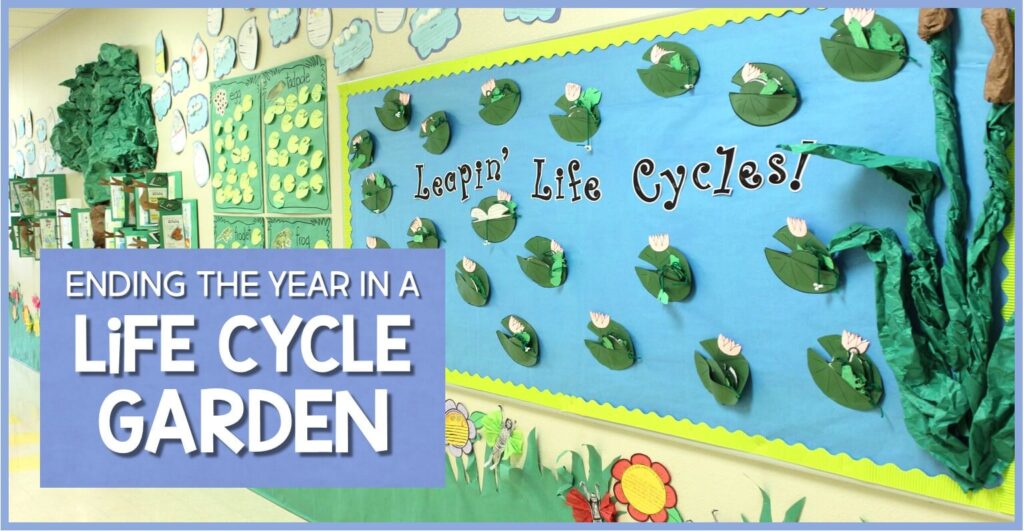

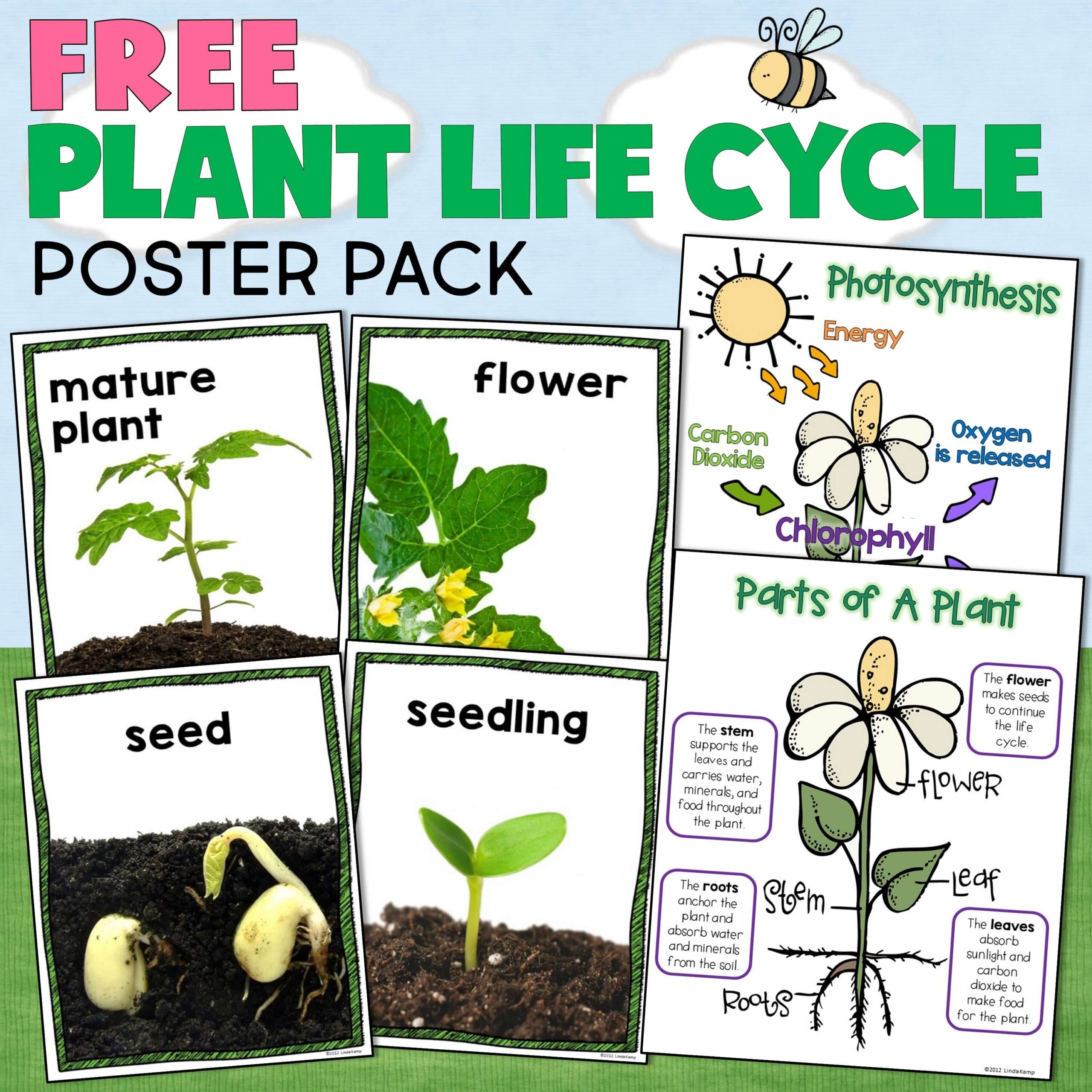


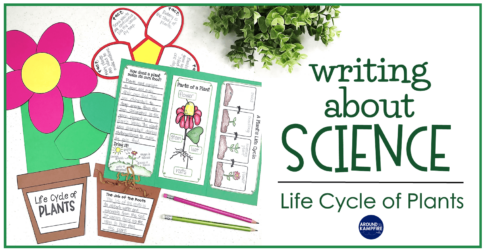

Hi there! I was looking for an engineering in the garden STEAM lesson plan, and came across you and this wonderful lesson plan. I am going to do a version of it in a traditional edible garden way, but I most likely will use your lesson plan for water living plants next summer. Great job!
Best,
Teal Young
Education Coordinator, Onsite Programs
San Diego Children’s Discovery Museum